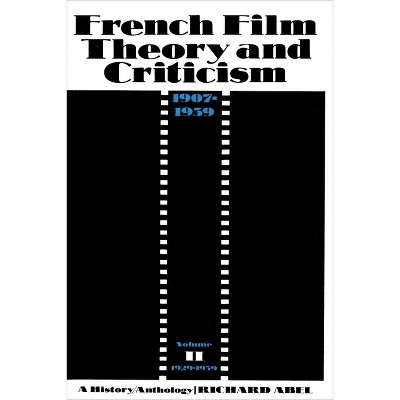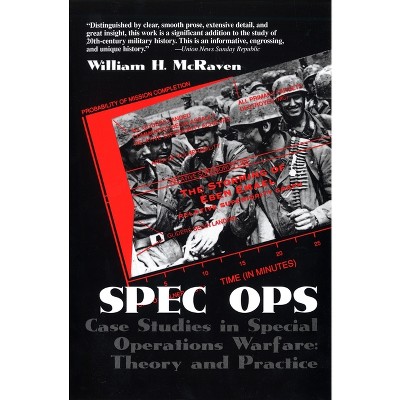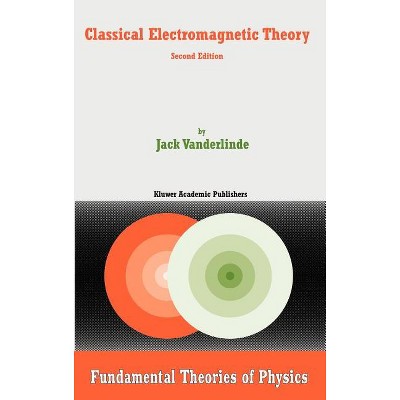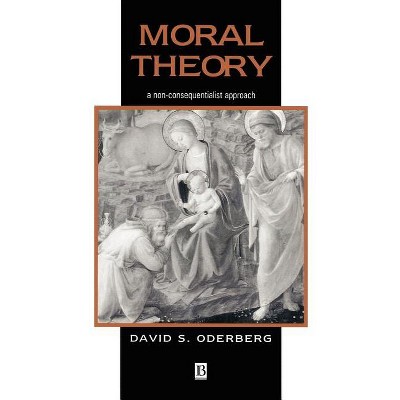Sponsored

Masters of Theory - 2nd Edition by Andrew Warwick (Paperback)
$49.00
In Stock
Eligible for registries and wish lists
Sponsored
About this item
Highlights
- Winner of the the Susan Elizabeth Abrams Prize in History of Science.
- About the Author: Andrew Warwick is a senior lecturer in the history of science at Imperial College, London, and coeditor of Teaching the History of Science and Histories of the Electron: The Birth of Microphysics.
- 586 Pages
- Science, History
Description
Book Synopsis
Winner of the the Susan Elizabeth Abrams Prize in History of Science. When Isaac Newton published the Principia three centuries ago, only a few scholars were capable of understanding his conceptually demanding work. Yet this esoteric knowledge quickly became accessible in the nineteenth and early twentieth centuries when Britain produced many leading mathematical physicists. In this book, Andrew Warwick shows how the education of these "masters of theory" led them to transform our understanding of everything from the flight of a boomerang to the structure of the universe. Warwick focuses on Cambridge University, where many of the best physicists trained. He begins by tracing the dramatic changes in undergraduate education there since the eighteenth century, especially the gradual emergence of the private tutor as the most important teacher of mathematics. Next he explores the material culture of mathematics instruction, showing how the humble pen and paper so crucial to this study transformed everything from classroom teaching to final examinations. Balancing their intense intellectual work with strenuous physical exercise, the students themselves--known as the "Wranglers"--helped foster the competitive spirit that drove them in the classroom and informed the Victorian ideal of a manly student. Finally, by investigating several historical "cases," such as the reception of Albert Einstein's special and general theories of relativity, Warwick shows how the production, transmission, and reception of new knowledge was profoundly shaped by the skills taught to Cambridge undergraduates. Drawing on a wealth of new archival evidence and illustrations, Masters of Theory examines the origins of a cultural tradition within which the complex world of theoretical physics was made commonplace.From the Back Cover
Winner of the the Susan Elizabeth Abrams Prize in History of Science. When Isaac Newton published the Principia three centuries ago, only a few scholars were capable of understanding his conceptually demanding work. Yet this esoteric knowledge quickly became accessible in the nineteenth and early twentieth centuries when Britain produced many leading mathematical physicists. In this book, Andrew Warwick shows how the education of these "masters of theory" led them to transform our understanding of everything from the flight of a boomerang to the structure of the universe. Warwick focuses on Cambridge University, where many of the best physicists trained. He begins by tracing the dramatic changes in undergraduate education there since the eighteenth century, especially the gradual emergence of the private tutor as the most important teacher of mathematics. Next he explores the material culture of mathematics instruction, showing how the humble pen and paper so crucial to this study transformed everything from classroom teaching to final examinations. Balancing their intense intellectual work with strenuous physical exercise, the students themselves--known as the "Wranglers"--helped foster the competitive spirit that drove them in the classroom and informed the Victorian ideal of a manly student. Finally, by investigating several historical "cases," such as the reception of Albert Einstein's special and general theories of relativity, Warwick shows how the production, transmission, and reception of new knowledge was profoundly shaped by the skills taught to Cambridge undergraduates. Drawing on a wealth of new archival evidence and illustrations, Masters of Theory examines the origins of a cultural tradition within which the complex world of theoretical physics was made commonplace.About the Author
Andrew Warwick is a senior lecturer in the history of science at Imperial College, London, and coeditor of Teaching the History of Science and Histories of the Electron: The Birth of Microphysics.Dimensions (Overall): 9.12 Inches (H) x 6.02 Inches (W) x 1.25 Inches (D)
Weight: 1.74 Pounds
Suggested Age: 22 Years and Up
Number of Pages: 586
Genre: Science
Sub-Genre: History
Publisher: University of Chicago Press
Format: Paperback
Author: Andrew Warwick
Language: English
Street Date: July 1, 2003
TCIN: 1006090645
UPC: 9780226873756
Item Number (DPCI): 247-18-1685
Origin: Made in the USA or Imported
If the item details aren’t accurate or complete, we want to know about it.
Shipping details
Estimated ship dimensions: 1.25 inches length x 6.02 inches width x 9.12 inches height
Estimated ship weight: 1.74 pounds
We regret that this item cannot be shipped to PO Boxes.
This item cannot be shipped to the following locations: American Samoa (see also separate entry under AS), Guam (see also separate entry under GU), Northern Mariana Islands, Puerto Rico (see also separate entry under PR), United States Minor Outlying Islands, Virgin Islands, U.S., APO/FPO
Return details
This item can be returned to any Target store or Target.com.
This item must be returned within 90 days of the date it was purchased in store, shipped, delivered by a Shipt shopper, or made ready for pickup.
See the return policy for complete information.











